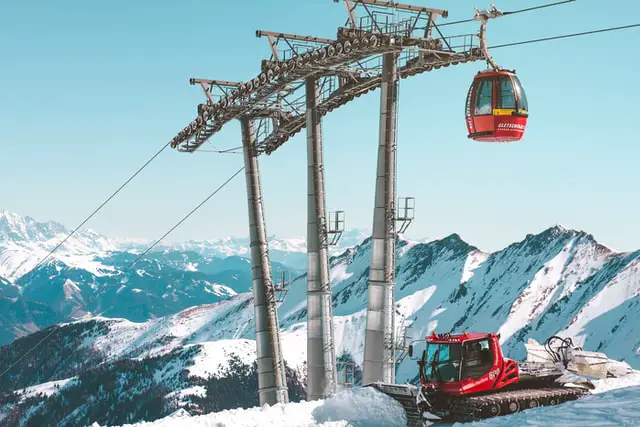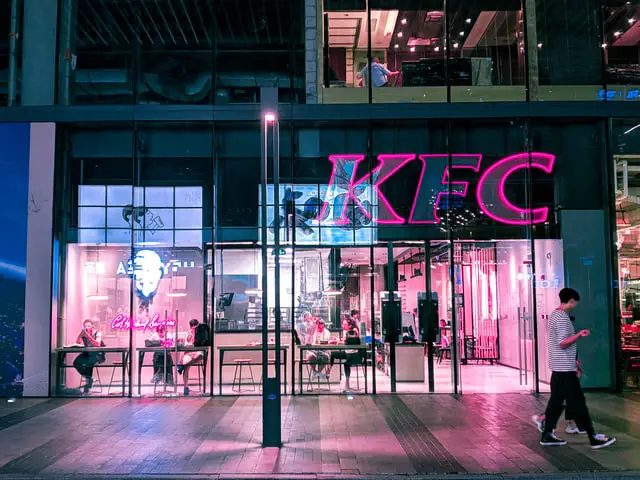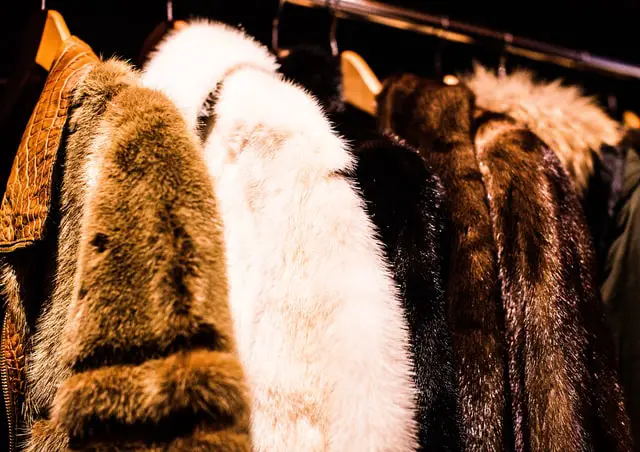Why are ski lift tickets expensive?
Ski lift tickets are expensive due to several factors, including rising operational costs, significant investments in infrastructure, and the implementation of dynamic pricing strategies. Resorts often charge higher prices during peak times to maximize revenue, especially on busy weekends and holidays.
Why is going skiing so expensive?
The cost of skiing encompasses more than just lift tickets; it includes equipment rentals, lessons, food, and lodging. These combined expenses can make a family ski trip quite costly, easily exceeding $1,000 for a single day when considering all associated costs.
Why are lifts so expensive?
The high cost of ski lifts is primarily due to the substantial capital required for installation and ongoing maintenance. Ski resorts must invest in high-speed lifts, snowmaking technology, and grooming services, all of which contribute to the overall pricing of lift tickets.
Is it cheaper to buy ski passes in advance?
Yes, purchasing ski passes in advance is typically cheaper. Many resorts offer discounts for early purchases, and prices often increase as demand rises closer to peak days. Buying in advance can help you save money.
What is the actual cost of going skiing?
The actual cost of going skiing varies widely based on location and personal choices but generally ranges from $100 to $300 per person per day. This estimate includes lift tickets, rentals, food, and lodging.
Should I buy ski lift tickets in advance?
Yes, buying ski lift tickets in advance is advisable as it can save you money and ensure availability. Many resorts utilize dynamic pricing models that increase prices as demand rises.
Is skiing declining in popularity?
Skiing has experienced fluctuations in popularity, with some reports indicating a decline in new participants. High costs and changing leisure preferences may deter newcomers from entering the sport.
Is skiing worth the money?
Whether skiing is worth the money depends on individual perspectives. For passionate skiers who enjoy the experience and can afford it, the investment may be justified. However, for casual skiers or families on a budget, the costs can be prohibitive compared to other recreational activities.
How much does an average day of skiing cost?
An average day of skiing typically costs between $100 to $300 per person when considering lift tickets, equipment rentals, food, and other expenses. This range can vary based on location and time of year.
What is the cheapest month to go skiing?
January and early February are generally considered the cheapest months for skiing due to lower demand after the holiday season. Prices tend to rise during peak holiday weeks and weekends.
How to afford a ski pass?
To afford a ski pass, consider purchasing early-season passes that offer significant discounts compared to walk-up rates. Additionally, look for local or independent resorts that may have lower-priced options compared to major destination resorts.
How to save money on lift passes?
You can save money on lift passes by:
- Buying in advance: Take advantage of early-bird discounts.
- Using multi-resort passes: Consider options like the Epic Pass or Ikon Pass for access to multiple resorts at a lower effective daily rate.
- Skiing during off-peak times: Choose weekdays or less popular months for lower rates.
What is the world’s most expensive lift?
One of the most expensive lift tickets can be found at Arizona’s Snowbowl Resort where walk-up rates exceed $300 for a single day during peak times.
What is the cheapest type of lift?
Generally speaking, smaller or independent ski areas tend to have cheaper lift tickets compared to major resorts. Prices at these locations often range from $50 to $100 per day.
How many years does a lift last?
A ski lift typically lasts between 20 to 30 years with proper maintenance. Factors such as usage intensity and environmental conditions also play a role in determining how long a lift remains operational.
Do ski lift passes sell out?
Yes, especially during peak seasons or holidays when demand is high. Resorts often limit ticket sales or offer advanced purchase options that sell out quickly.
Are last minute ski deals cheaper?
Last-minute deals can sometimes be found; however, they are often less reliable than purchasing in advance. Prices may rise significantly as demand increases closer to peak days.
Are ski packages worth it?
Ski packages that bundle lodging with lift tickets can offer savings compared to purchasing each separately. These packages are often worth considering if you’re planning an extended stay at a resort.
Where is skiing most expensive?
Skiing tends to be most expensive at major destination resorts in North America like Vail and Deer Valley where peak day ticket prices can exceed $299 or more.
How many days of skiing is a lot?
For regular skiers, around 10-15 days per season is common. However, this varies based on personal schedules and preferences; some may ski more frequently while others may only go once or twice a year.
Is skiing a luxury sport?
Skiing has increasingly been viewed as a luxury sport due to rising costs associated with lift tickets and overall trip expenses. This perception has grown as prices have escalated beyond what many consider affordable recreational activities.
Is it cheaper to buy ski tickets in advance?
Yes, buying ski tickets in advance is typically cheaper than purchasing them on-site due to dynamic pricing strategies used by many resorts that increase prices closer to peak times.
How much does a Breckenridge lift ticket cost?
Breckenridge’s peak day ticket prices can reach up to $279 during high-demand periods. Off-peak rates are generally lower but still reflect the overall trend of rising costs across major resorts.
What is ski free ride?
“Ski free ride” generally refers to programs or promotions allowing skiers certain days where they can hit the slopes without paying for lift access—often part of promotional events or special offers at specific resorts.
Is 2 days skiing enough?
Two days of skiing can be sufficient for beginners or casual skiers looking for a short getaway. However, avid skiers may find this too limited if they want to explore multiple trails or improve their skills significantly.
How much does 1 hour of skiing burn?
Skiing burns approximately 400-600 calories per hour depending on factors such as weight and intensity level. This makes it an effective workout while enjoying outdoor recreation.
Is 3 days of skiing too much?
Three days of skiing is generally not considered too much for most skiers; however, beginners might find it physically demanding without prior conditioning. Experienced skiers often enjoy extended trips without issue.
Where do billionaires ski in the US?
Billionaires often frequent exclusive resorts like Aspen and Park City where luxury accommodations and high-end amenities cater to affluent clientele seeking privacy and top-tier experiences on the slopes.
Is skiing a wealthy hobby?
Yes, skiing has increasingly been categorized as a wealthy hobby due to high costs associated with travel, equipment rentals/purchases, and resort access fees that can be prohibitive for many families and individuals.
What is the cheapest week to ski?
The cheapest week typically falls after New Year’s Day through mid-February when demand decreases post-holidays. Rates tend to rise again around Presidents’ Day weekend due to increased traffic.
Is it normal to not like skiing?
Yes, it’s perfectly normal not to enjoy skiing; preferences vary widely among individuals regarding winter sports or outdoor activities. Some may prefer alternatives like snowboarding or simply enjoying winter without engaging in snow sports.
How much longer will skiing be around?
While predictions vary based on climate change impacts and economic factors affecting participation rates, skiing remains popular among enthusiasts; however, its accessibility may continue to decline if prices keep rising.
Are ski resorts in trouble?
Some reports indicate that certain ski resorts face challenges related to declining participation rates among new skiers coupled with rising operational costs; this has led some industry observers to express concerns about sustainability.












